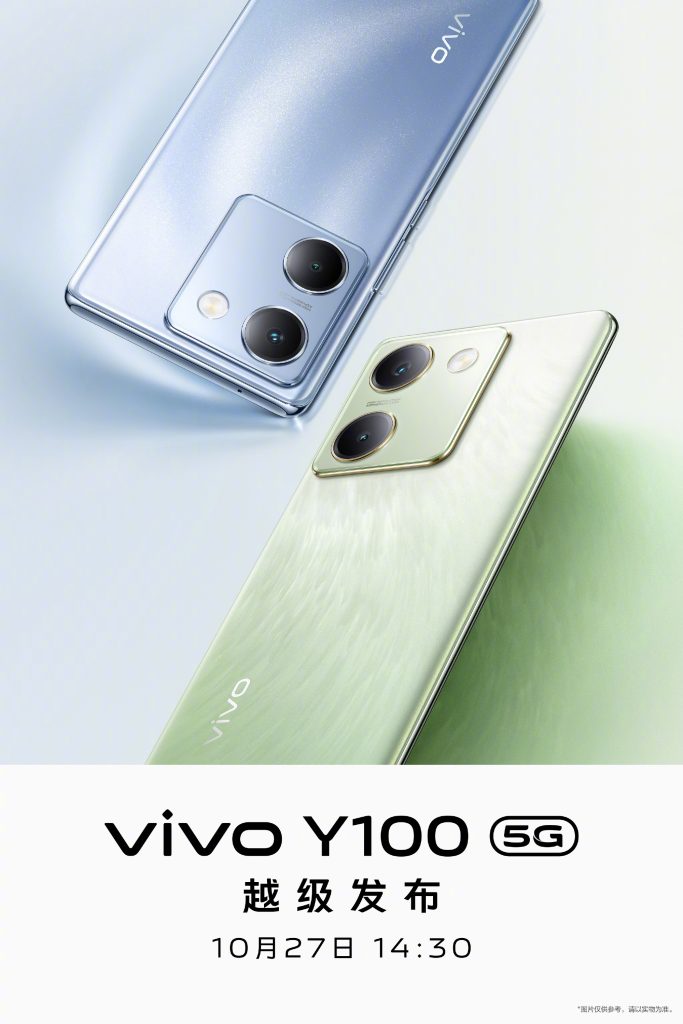After launching the Vivo Y100 smartphone in India earlier this year, Vivo has announced that a device with the same name will be debuting in the Chinese market on October 27. What makes this device special is that this will be the first time in 12 years that Vivo will be launching a Y-series smartphone online. Till now, the Y-series has only been available to buy in physical stores.

The Chinese version of the Vivo Y100 looks a bit different in design from the Indian model. It notably has just two cameras on the back along with an LED flash. The overall design is also a bit distinct and premium compared to the Indian variant. It has curved edges rather than flat ones. The front panel of the phone is still under wraps, however, it won’t be surprising if Vivo opts for a curved AMOLED display. Take a look at the specs and features of the Indian Y100 model to get an idea of what to expect from the Chinese one.
Vivo Y100 5G specs
The Vivo Y100 comes with a 6.38-inch AMOLED display that has Full HD+ resolution, a 90Hz refresh rate, and a bright screen with 1300 nits. It has a simple waterdrop notch and is HDR10+ certified. Inside, it’s powered by the MediaTek Dimensity 900 SoC, which has eight cores and a Mali G68 GPU. The phone has 8GB of RAM and 128GB of storage, with support for an additional 8GB of extended RAM. It runs on FunTouchOS 13, which is based on Android 13.
For photography, it has a triple-rear camera setup, with a 64MP main camera that has OIS, along with two 2MP sensors. The front camera is 16MP. The phone is powered by a 4500mAh battery and supports 44W fast charging. It also has a slot for a microSD card and keeps the 3.5mm audio jack. It’s a slim device, measuring 158.91 x 73.53 x 7.73mm and weighing 181 grams. In terms of connectivity, it offers dual-SIM support, 5G, WiFi, Bluetooth 5.2, and GPS support.
In related news, Vivo has also announced that its next flagship series called the Vivo X100 series will be launching on November 17 in China. We can expect the series to make its way to the global market early next year.
RELATED:
- Vivo X100 series to launch on November 17 in China
- Vivo Y55t launched in China with Dimensity 6020 & 5000mAh battery
- Vivo Y200 5G launched in India with Snapdragon 4 Gen 1 & 6.67″ AMOLED display
- Xiaomi 14 series launch date confirmed for October 26







